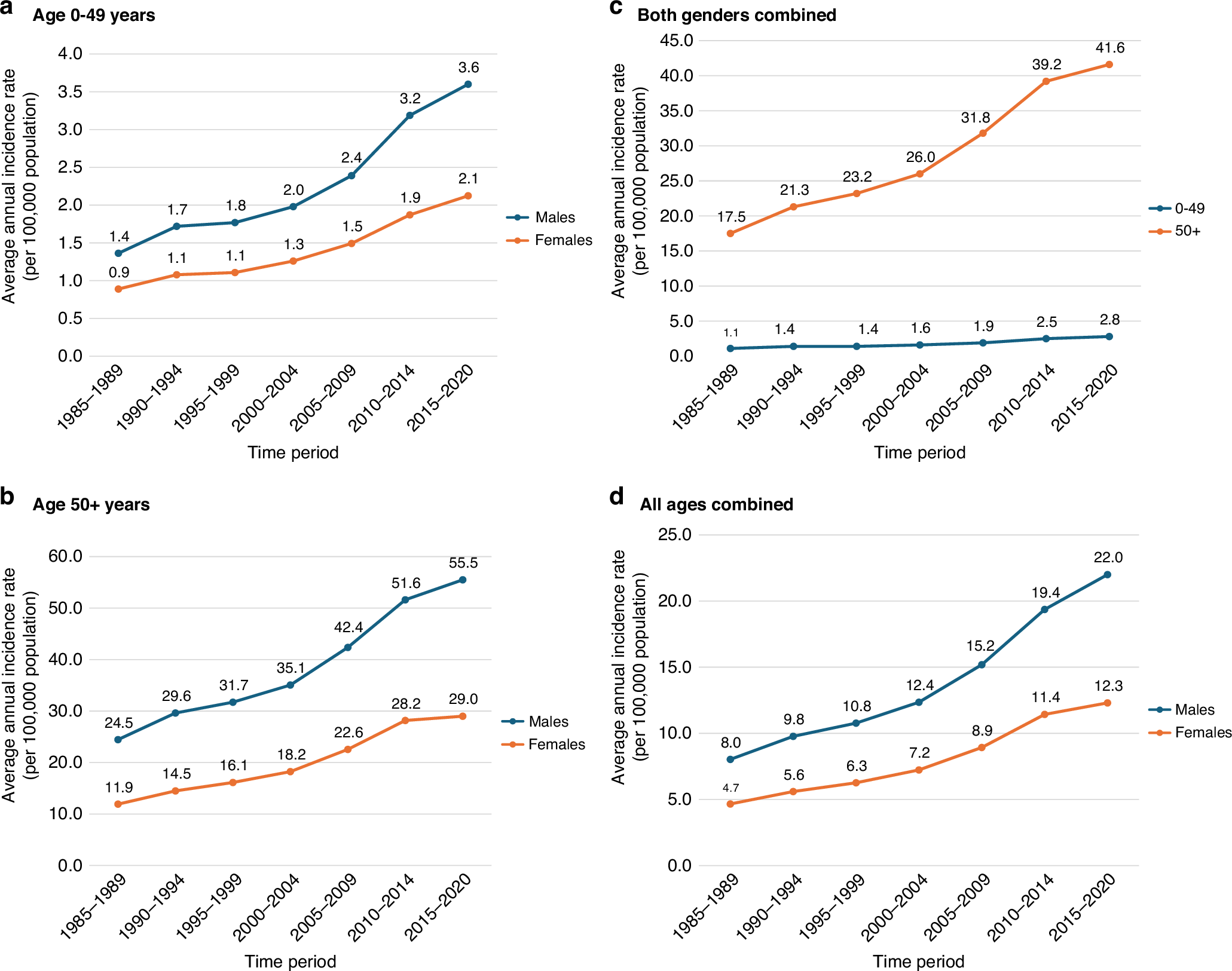2025-05-22 ミシガン大学
<関連情報>
- https://www.psu.edu/news/health-and-human-development/story/unlocking-communication-children-little-or-no-speech
- https://www.tandfonline.com/doi/full/10.1080/07434618.2025.2466166
AAC視線を使用する脳性麻痺児の文字音対応習得に対する明示的読み書き指導の効果 Effect of explicit literacy instruction on letter-sound correspondence acquisition for a child with cerebral palsy who uses AAC eye gaze
Jessica G. Caron,Nicole Ryan,Salena Babb,Christine Holyfield & Meghan O’Brien
Augmentative and Alternative Communication Published:27 Feb 2025
DOI:https://doi.org/10.1080/07434618.2025.2466166

Abstract
This pilot study examines the effectiveness of an adapted literacy intervention focused on the acquisition of seven letter-sound correspondences (LSC) with a child with cerebral palsy who uses high-tech eye-gaze to communicate. A single case multiple probes across letter-sounds design was used. The independent variable was explicit instruction with materials that were adapted on the participant’s AAC device. Instruction was provided by a trained graduate student. The dependent variable was the child’s accuracy in identifying the correct letter from a high-tech eye-gaze grid of four letters, when provided with the letter-sound by the graduate student. Results indicated that the implementation of the literacy instruction by the graduate clinician was effective in teaching seven LSCs to the child with cerebral palsy who uses high-tech eye-gaze to communicate and participate in instruction. The participant demonstrated gains for all targeted LSCs and positive trends continued after the intervention was introduced through replications of each new LSC. Average gain scores ranged from +60% to +90%. Calculation of IRD was 1.0 across all LSCs, indicative of a very large effect. The student’s gains in this pilot study indicate the promise of adapted literacy instruction for individuals with severe speech and motor impairments, who use alternative access to participate in literacy instruction. More literacy research is needed for learners who use AAC and alternative access methods.


